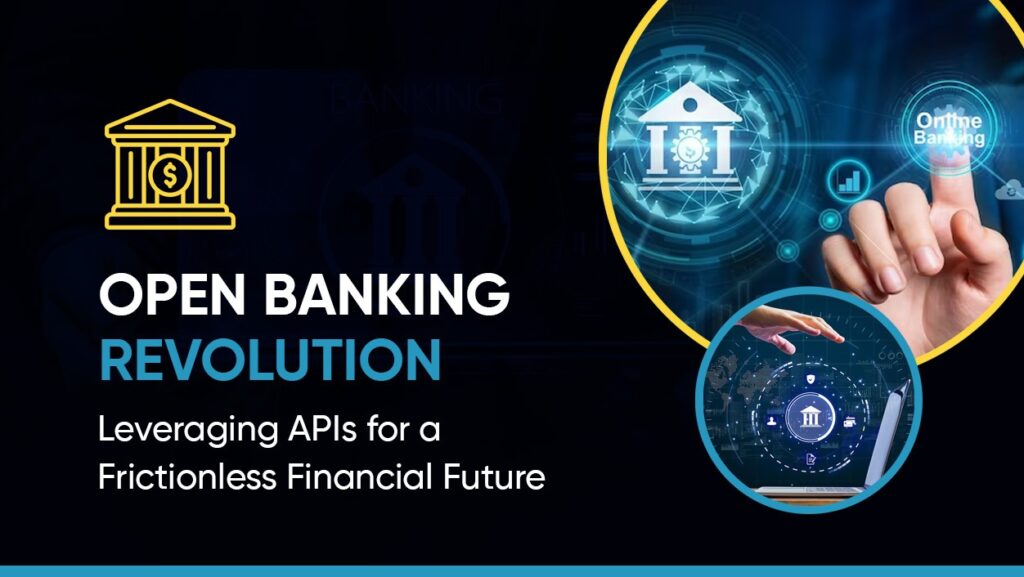In today’s dynamic healthcare landscape, technology has become the linchpin that transforms the way we diagnose, treat, and manage patients. Within this realm of technological advancements, the Internet of Things (IoT) emerges as a central player, significantly benefiting all stakeholders in the healthcare industry.
What is the impact of IoT in healthcare?
1. Remote Patient Monitoring:
The IoT has ushered in a new era of healthcare by enabling remote patient monitoring. Through wearable sensors, heart rate monitors, and smart glucose meters, patients grappling with chronic illnesses, elderly individuals navigating the challenges of aging, and postoperative recovery patients can now receive care within the comfort of their homes. These IoT devices act as vigilant sentinels, transmitting real-time data to healthcare providers. They help detect early warning signs, allowing for timely interventions, thus reducing hospital readmissions and ultimately leading to improved patient outcomes.
2. Personalized Healthcare:
One of the most remarkable aspects of IoT is its ability to collect diverse patient data, reflecting a myriad of medical histories, lifestyles, and current health statuses. This wealth of data is then transformed into tailored treatment plans, each designed as a unique care concerto. These personalized plans enhance the effectiveness and unobtrusiveness of healthcare delivery. Consequently, patient satisfaction rises, and individual recovery rates improve significantly.
3. Medication Management:
Adhering to medication regimens is often a challenging task for many patients. IoT intervenes harmoniously through smart pill dispensers, which come equipped with reminders and alerts. These pill dispensers, akin to melodious reminders, help patients adhere to their prescribed medication regimens. In the event of a missed dose, healthcare providers can step in promptly to ensure continuity of care.
4. Predictive Analytics:
Within the realm of IoT lies a treasure trove of data, harmonized to create majestic predictive analytics. The art of data analysis derived from IoT devices enables healthcare providers to decipher melodic patterns within health trends. The crescendo of predictive analytics enables the early identification of potential health issues such as asthma attacks, diabetic complications, or cardiac problems. It’s the symphony of early warning signs echoing through the corridors of IoT, ultimately transforming into proactive care and improved health outcomes.
5. Streamlining Workflow for Healthcare Providers:
The IoT seeks not only to enchant patients but also to harmonize the operations of healthcare providers. Instruments like RFID-based asset tracking systems ensure that equipment and inventory navigate healthcare facilities with seamless efficiency, leading to improved patient care and safety.
6. Telemedicine:
The symphonic narrative of the COVID-19 pandemic spotlighted the pivotal role of telemedicine, a vital movement within the IoT concerto. Through secure and real-time video consultations, the geographic distance between patients and healthcare providers dissolves into the harmonious waves of telemedicine. This melodic outreach extends the reach of healthcare services to those nestled in remote corners, mitigating the cacophonous burden on physical healthcare facilities.
7. Enhancing Data Security and Privacy:
In an era fraught with the dissonance of data breaches and privacy concerns, healthcare providers have orchestrated a crescendo of investments in fortifying the security of patient data within the IoT symphony. Encryption and authentication protocols, sounding their harmonious notes, stand as vigilant sentinels, safeguarding the sanctity of sensitive patient information.
Key Takeaways:
- IoT enables remote patient monitoring, enhancing early intervention and reducing hospital readmissions.
- Personalized healthcare plans, driven by IoT data, lead to better patient satisfaction and recovery rates.
- Smart pill dispensers with IoT capabilities improve medication adherence.
- Predictive analytics from IoT data enable proactive care for various health issues.
- IoT streamlines healthcare workflows through asset tracking systems.
- Telemedicine, a key IoT component, extends healthcare services to remote areas.
- Investments in data security and privacy protect sensitive patient information.
- IoT revolutionizes healthcare, making it more effective, efficient, and accessible.
In conclusion, the Internet of Things has woven a transformative tapestry within the healthcare landscape. This composition, both patient-centric and data-driven, has emerged, rendering healthcare effective, efficient, and eminently accessible. As the healthcare industry continues to waltz with IoT technology, the future reveals itself as a grand opera of promise.
Connect with Dorustree for innovative solutions that enhance patient care, streamline operations, and ensure data security.








